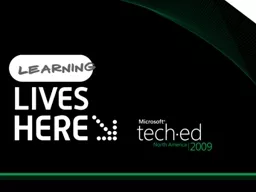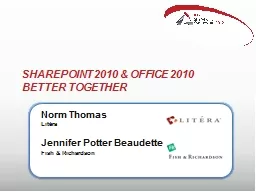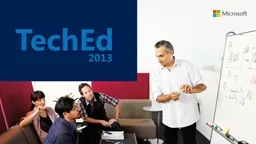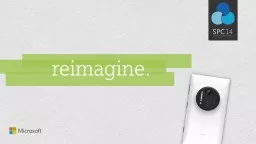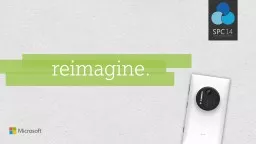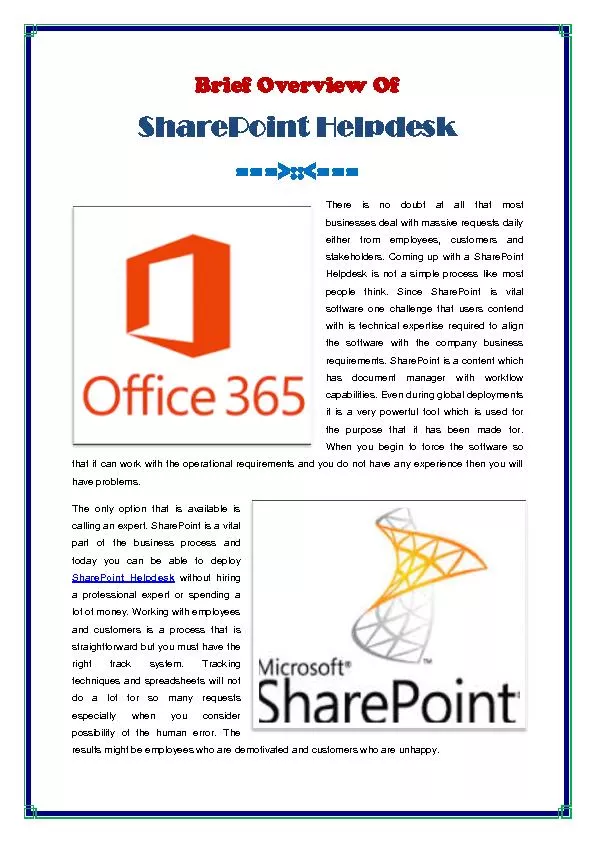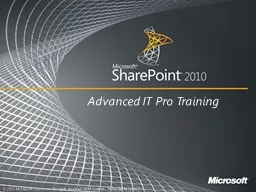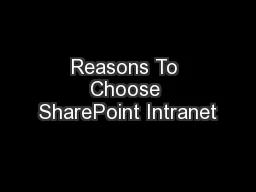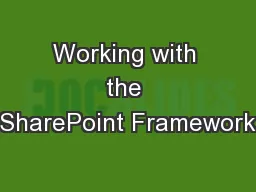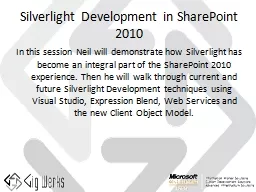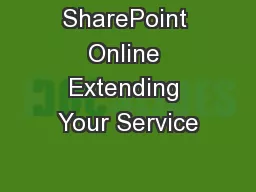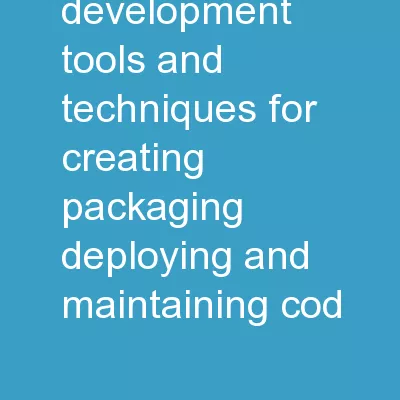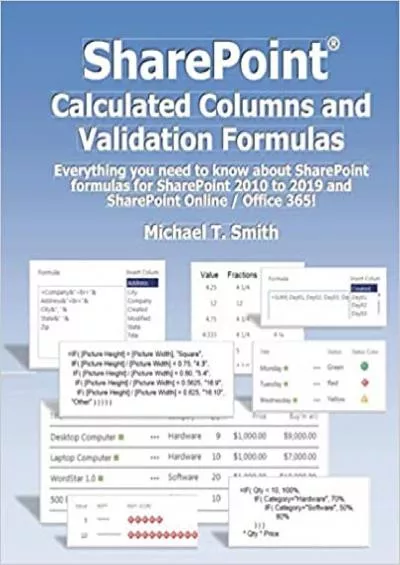PPT-SharePoint Web Part Development
Author : lois-ondreau | Published Date : 2015-10-12
Best Practices Todd C Bleeker Chief Software Architect Mindsharp OFC311 Agenda Poll of attendees expertise Define web parts ABCs of web parts Standard SharePoint
Presentation Embed Code
Download Presentation
Download Presentation The PPT/PDF document "SharePoint Web Part Development" is the property of its rightful owner. Permission is granted to download and print the materials on this website for personal, non-commercial use only, and to display it on your personal computer provided you do not modify the materials and that you retain all copyright notices contained in the materials. By downloading content from our website, you accept the terms of this agreement.
SharePoint Web Part Development: Transcript
Download Rules Of Document
"SharePoint Web Part Development"The content belongs to its owner. You may download and print it for personal use, without modification, and keep all copyright notices. By downloading, you agree to these terms.
Related Documents

